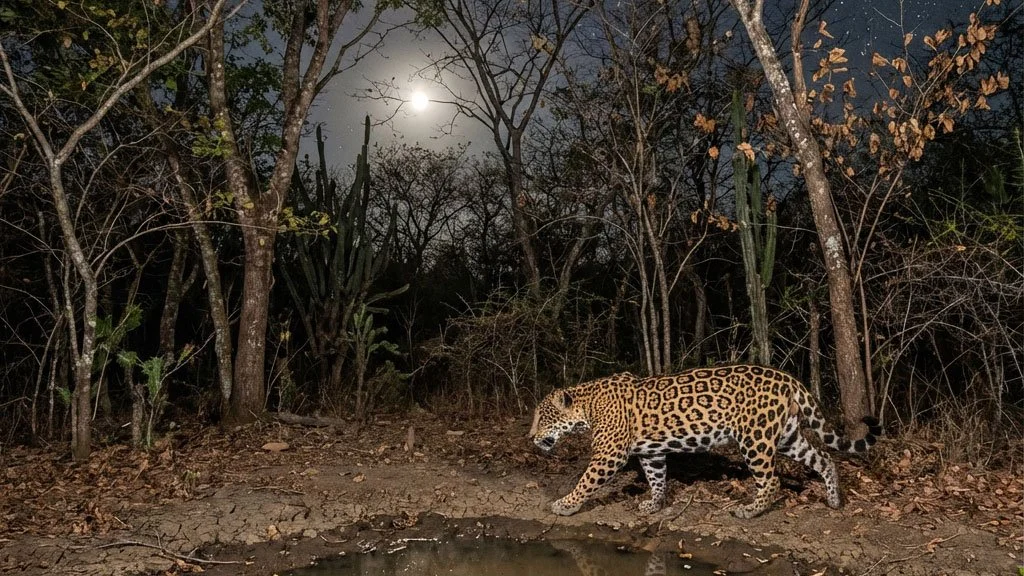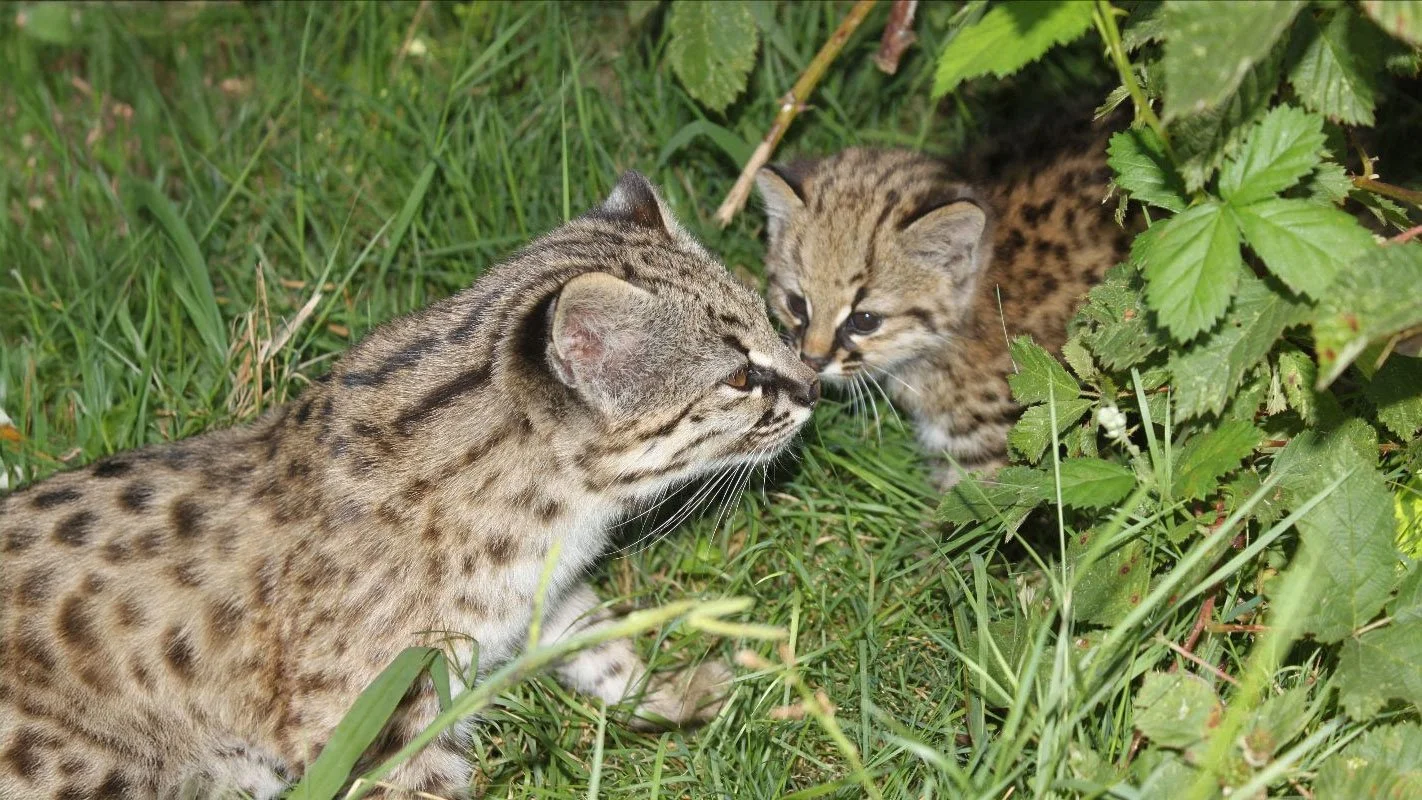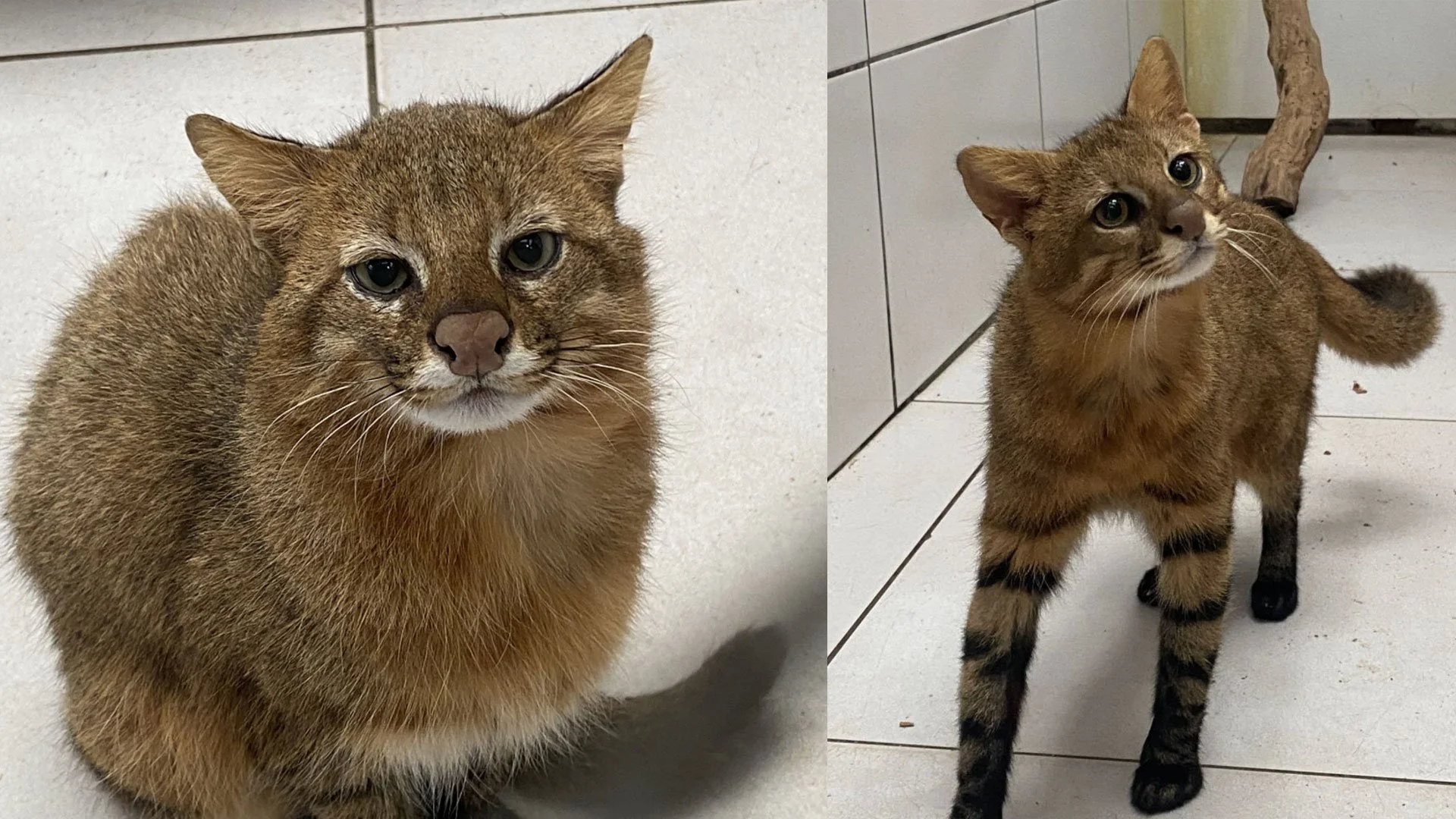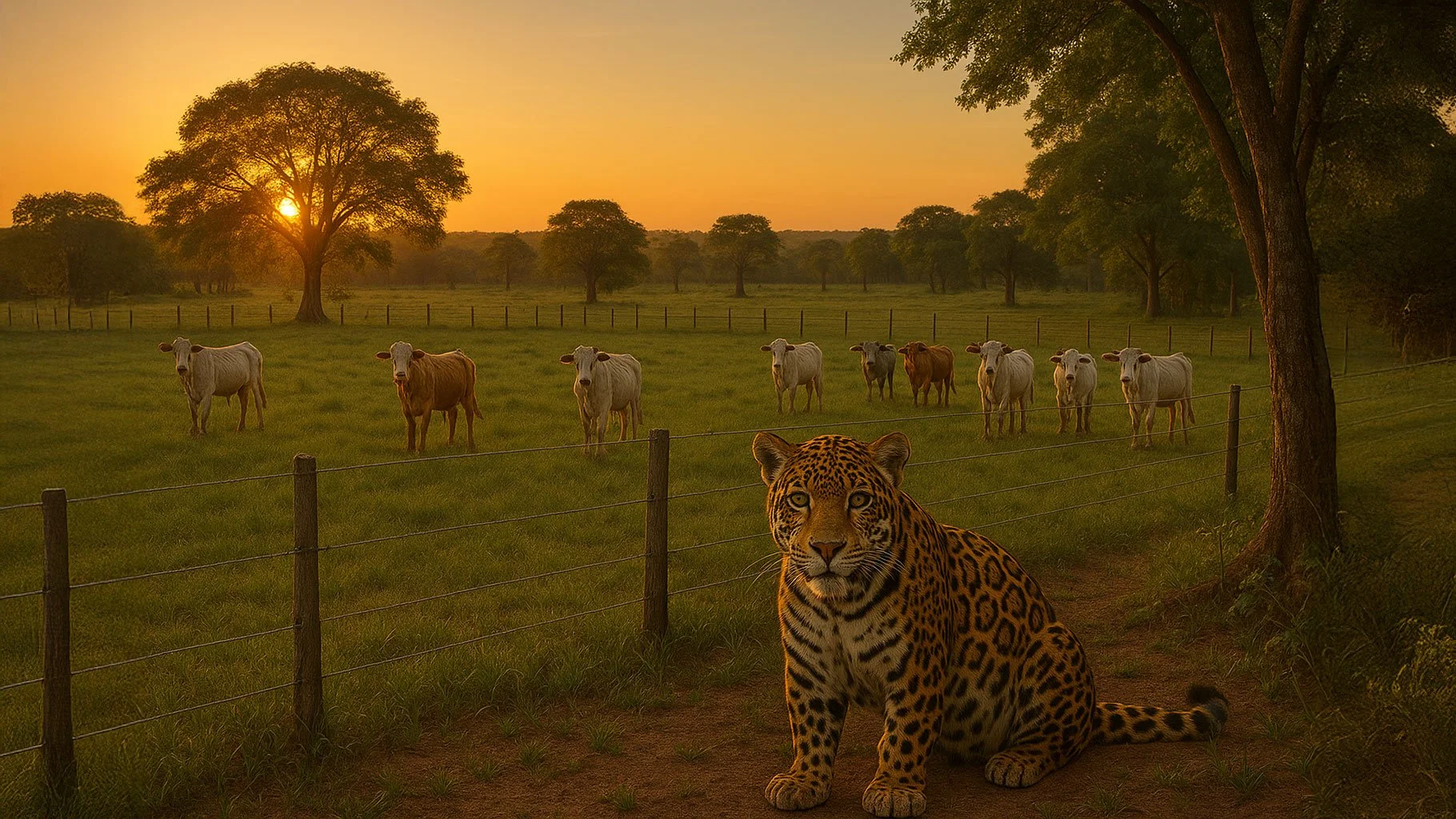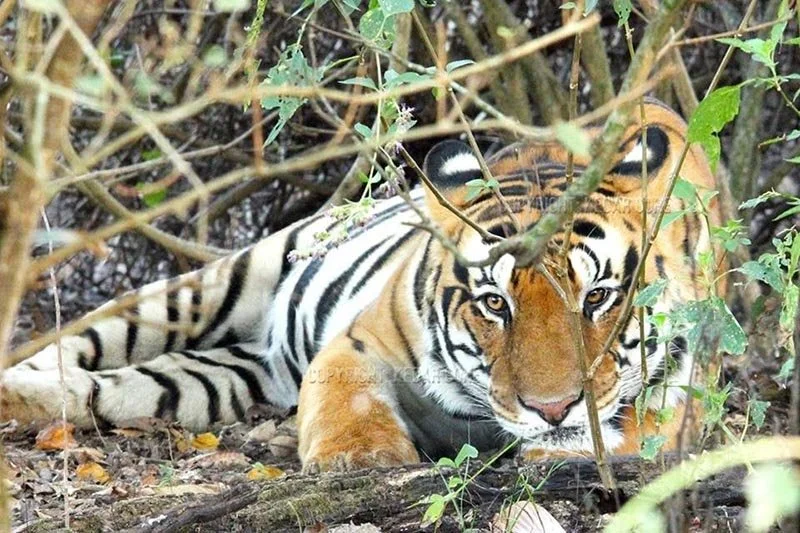Amazon at the Edge: Can We Pull the World’s Greatest Rainforest Back from the Brink?
The Cry of the Jungle: A Story from the Heart of the Amazon
In the deep green lungs of our planet, the Amazon rainforest whispers warnings carried by rustling leaves and vanishing wildlife. For over thirty years, Brazilian climate scientist Carlos Nobre has listened to those whispers—and now, he says, they are screams.
From his days at Brazil’s National Institute for Space Research to his role at the University of São Paulo, Nobre has been a sentinel for the Amazon. His voice has grown louder as the forest’s canopy thins and its rivers run dry. The world, he warns, is “perilously close to the point of no return.”
What’s at Stake?
The Amazon isn’t just another forest. It’s the most biodiverse place on Earth, a mighty regulator of global weather systems, and the cornerstone of food security for much of South America. More than beauty, it’s breath—it exhales water and life. Every second, 200,000 cubic meters of water vapor rise from its trees, forming what scientists call “flying rivers.” These invisible currents nourish crops across the continent, from Brazil to Argentina.
But the Amazon is dying of thirst. Deforestation has already claimed 18% of its expanse, and global warming has raised temperatures by 1.5°C—dangerously close to the 2.0-2.5°C tipping point that would push the forest into irreversible savannah.
A Dry Season That Won’t End
Once, the Amazon’s dry season lasted three to four months. Now, it’s four to five weeks longer, and rainfall has dropped by 20%. In parts of southern Pará and northern Mato Grosso, it’s already too dry to sustain a rainforest. What’s left is cracked earth, dying trees, and ghostly rivers like the Solimões, reduced to dusty beds.
This isn’t an accident—it’s the legacy of soy fields and cattle pastures. Land stripped for livestock and monocultures loses its ability to recycle water. Where once a rainforest gave back 4-4.5 liters of moisture per square meter per day, degraded land can only muster a fraction.
The Fire Next Time
Rainforests aren’t built to burn. Their dense canopies and moist soil evolved to resist fire. But as the forest dries, flames become a death sentence. In 2024, the Amazon saw more than 150,000 fires. Over 98% were man-made.
These weren’t just farmers clearing land. According to Nobre, over half were arson, linked to a vast web of organized crime—drug trafficking, illegal mining, logging, and land grabs. A $280 billion underground economy is torching the forest faster than nations can plant trees.
A Domino Effect on the Planet
The consequences of an Amazon collapse are global. As tree mortality rises and carbon absorption declines, the forest is turning from carbon sink to carbon source. If we lose 50-70% of the Amazon, it could release up to 250 billion tons of carbon dioxide by 2100—shattering our hopes of keeping global warming below 1.5°C.
Food security, too, is at risk. Without the Amazon’s flying rivers, rainfall across South America could drop by 40%. Fields will wither, harvests will fail, and tropical savannahs will turn to arid wastelands. Meanwhile, zoonotic diseases like Mayaro and Oropouche fevers—already emerging from the shadows—will find new paths into human lives.
A Flicker of Hope
But this story is not over. In 2019, Nobre and the late American ecologist Tom Lovejoy proposed a roadmap to survival: nature-based solutions like reforestation, zero deforestation, ending monocultures, and building a “bioeconomy” rooted in biodiversity and Indigenous wisdom.
Under progressive leadership, Brazil has seen encouraging trends. With Marina Silva once again at the helm of environmental policy, deforestation is declining. New reforestation projects are blooming. Nobre now urges, “Let’s get to Cop30 with the lowest deforestation in the Amazon ever—less than 4,000 sq km.”
What Can You Do?
The Amazon may be thousands of miles away, but your choices reach its heart. Support organizations like Big Cat Rescue, which funds in-situ conservation and fights for wild cats and their forests. Choose sustainable, rainforest-friendly products. Reject the myth that wild animals belong in cages. And raise your voice. Politicians and corporations listen when we roar together.
The Amazon is at the tipping point—but not yet beyond it. We still have time to heal the forest, protect its wildlife, and preserve the planet’s breath. But only if we act now.
Learn more: https://www.theguardian.com/environment/ng-interactive/2025/jun/26/tippping-points-amazon-rainforest-climate-scientist-carlos-nobre



